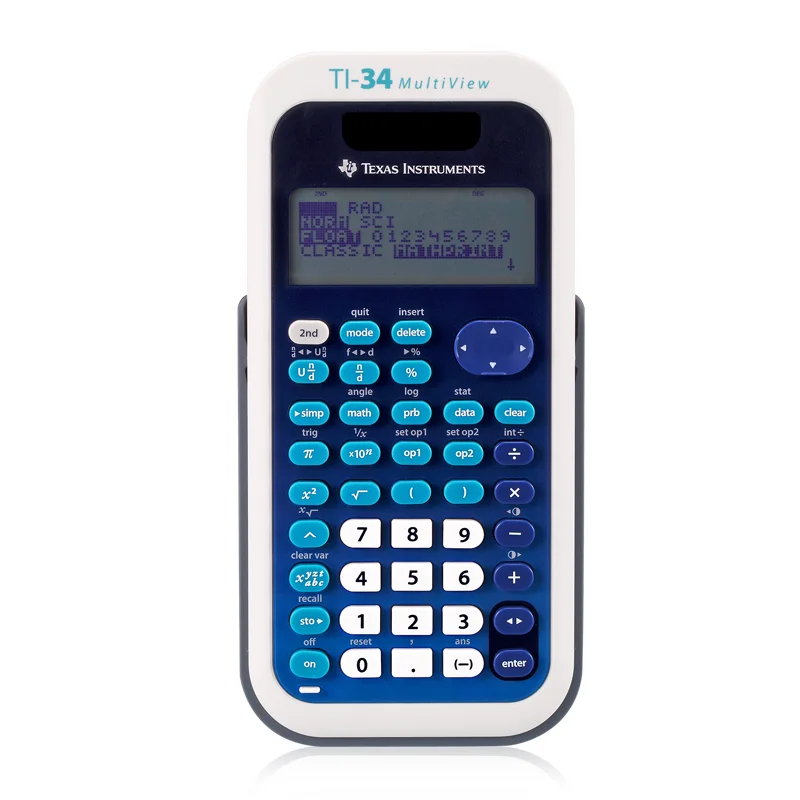

x² = Square: square the displayed value and display it.π = pi: display the value of π as 3.141592654 to use in a calculation.+/- = Plus/Minus: change the sign of the displayed value from positive to negative or vice versa.√x = Square Root: take the square root of the displayed value and display it.AC = All Clear: clear all and start a new operation.CE = Clear Entry: clear current display value, changes to AC.mr = Memory Recall: display the memory value.m- = Memory Minus: subtract displayed value from memory.m+ = Memory Plus: add displayed value to memory.mc = Memory Clear: clear calculator memory.This basic calculator has decimal precision up to 10 digits and offers these functions:

Like most 4-function calculators it also includes keys for percent, square, square root and pi. Hypothesis testing can be done using our Hypothesis Testing Calculator.This basic online calculator is similar to a small handheld calculator and has the standard four functions for addition, subtraction, division and multiplication. The two tests for signficance, t test and F test, are examples of hypothesis tests. One of the most important parts of regression is testing for significance. This is known as multiple regression, which can be solved using our Multiple Regression Calculator. However, we may want to include more than one independent vartiable to improve the predictive power of our regression. In a simple linear regression, there is only one independent variable (x). Confidence intervals will be narrower than prediction intervals. A prediction interval gives a range for the predicted value of y. The differennce between them is that a confidence interval gives a range for the expected value of y. In both cases, the intervals will be narrowest near the mean of x and get wider the further they move from the mean. t TestĬonfidence intervals and predictions intervals can be constructed around the estimated regression line. The only difference will be the test statistic and the probability distribution used. In simple linear regression, the F test amounts to the same hypothesis test as the t test. The test statistic is then used to conduct the hypothesis, using a t distribution with n-2 degrees of freedom. So, given the value of any two sum of squares, the third one can be easily found. The relationship between them is given by SST = SSR + SSE. Before we can find the r 2, we must find the values of the three sum of squares: Sum of Squares Total (SST), Sum of Squares Regression (SSR) and Sum of Squares Error (SSE). The coefficient of determination, denoted r 2, provides a measure of goodness of fit for the estimated regression equation. The graph of the estimated regression equation is known as the estimated regression line.Īfter the estimated regression equation, the second most important aspect of simple linear regression is the coefficient of determination. The formulas for the slope and intercept are derived from the least squares method: min Σ(y - ŷ) 2. There are two things we need to get the estimated regression equation: the slope (b 1) and the intercept (b 0). Furthermore, it can be used to predict the value of y for a given value of x. It provides a mathematical relationship between the dependent variable (y) and the independent variable (x). In simple linear regression, the starting point is the estimated regression equation: ŷ = b 0 + b 1x.


 0 kommentar(er)
0 kommentar(er)
